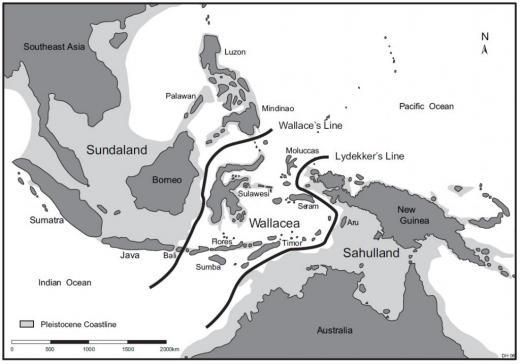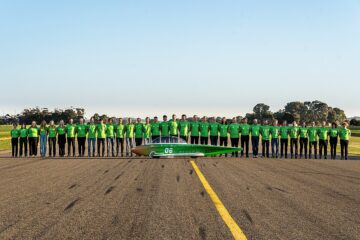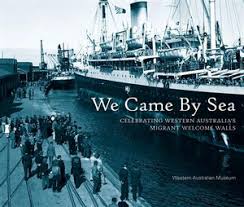Lydekker’s line defines the easternmost extension of oriental animals into the zone of mixing between the Oriental and Australian faunal regions.The Lydekker’s Line and extends into the Pacific Ocean. To the east of this line lies the so called Notogaean, or Australian to the west is the Wallace Line.
This zone reflects the significant impact of geology on the biogeography of the region. It comprises four regions: Australian, Oceanic, New Zealand, and Hawaiian. Notably, the faunas of many Pacific Islands share similarities with both Paleotropical and Australian faunas.

The Australian region, a key part of the Notogaean realm, includes Australia, New Guinea, and the Solomon Islands. This region is notable for its endemic bird orders, such as Rheiformes (rheas) and Casuariiformes (cassowaries), and families like Menuridae (lyrebirds) and Paradisaeidae (birds-of-paradise). It is also the only part of the Notogaean realm with non-bat mammals. Interestingly, New Guinea’s fauna represents the rainforest aspect of the Australian fauna, highlighting a significant difference between phytogeography and zoogeography. While New Guinea’s flora is classified as Paleotropical, its fauna aligns with the Australian faunal realm.
The link with our field of Dutch-Australian interest is thin, but still interesting. The Lydekkers were originally a Dutch family who emigrated to America in 1654, later moving to England in 1783 after losing their land during the American War of Independence. Richard Lydekker (1849-1915) graduated in 1871 and joined the Geological Survey of India in 1874. He made significant contributions to biogeography and in 1896 delineated the biogeographical boundary known as Lydekker’s Line.


